Protein is crucial in any diet, but did you know the type of protein is critical for reaching your health goals? No pressure, right?

There are literally hundreds if not thousands of protein powders out there to choose from. How on earth are you supposed to know which one is going to work best for you?
Don’t you worry because I’m going to help you figure out what’s going to be best for you. You’ll know exactly what type of protein your body needs!
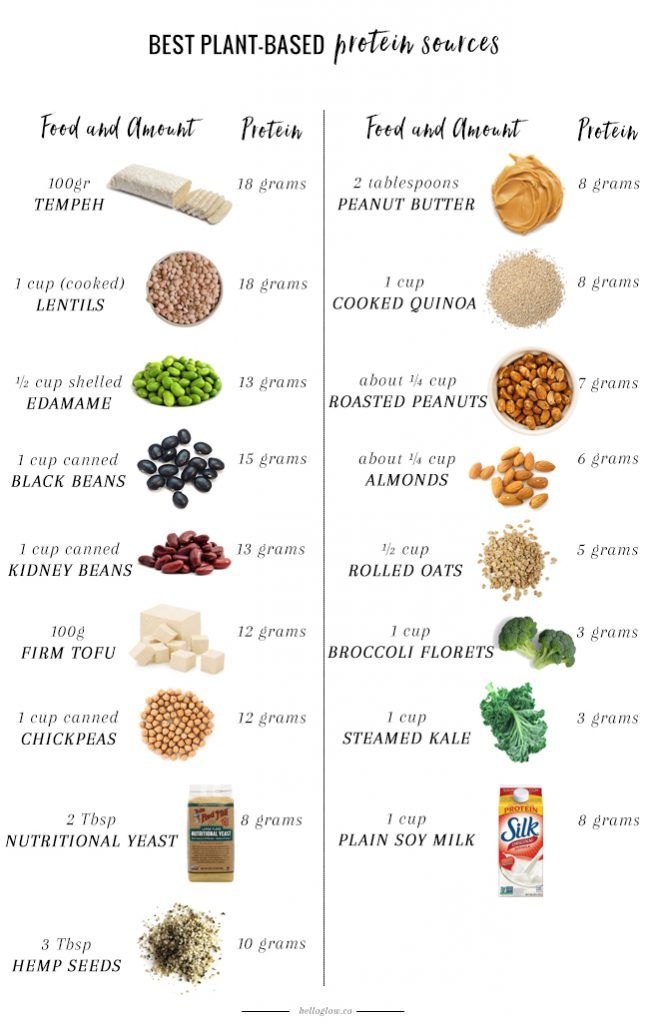
To make it simple, I’m going to break down the types of protein powders into two categories: whey and plant-based.
Both have their pros and cons, but one is going to be a better choice depending on you and your needs.
What is Plant Based Protein?
When talking about different proteins, they are usually named after where the protein comes from. In this case, plant-based proteins are…yeah, you guessed it…derived from plants.
That being said, there are many different sources plant protein can come from. Here are a few common ones:
- Peas
- Chia Seed
- Hemp
- Sunflower
Each protein from these plants is unique and will give your body different nutrients that can aid in a variety of things. A complete list will be further at this guide
Hemp Protein, A Special Plant Protein
We know there are loads of proteins on the market, but did you know that hemp protein is increasingly growing in popularity? It doesn’t have the “properties” of the type of hemp you may be thinking of – the protein is actually extracted from the husked seeds of the plant, so, no, it won’t make you high!
In fact, this type of protein is high-quality and full of fiber which not only helps you to feel fuller for longer, but also contains those heart-healthy essential omega fatty acids. And it tastes delicious!
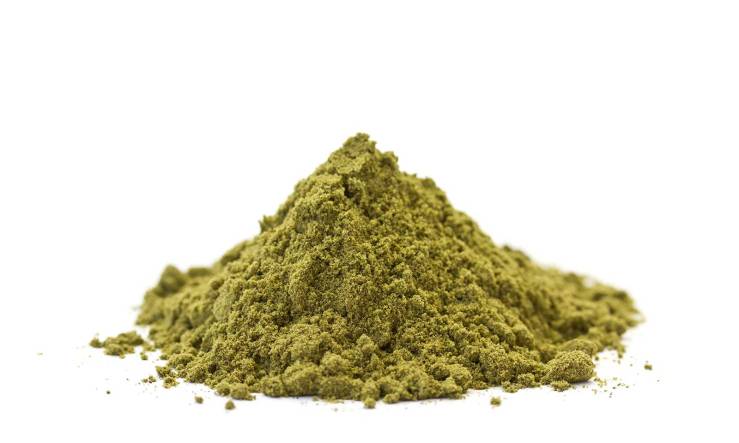
Proteins are typically rated with a Biological Value (BV). This value refers to how quickly the body can use the consumed protein. The BVs for both whey protein isolate and concentrate are about 159 and 104.
The BV of hemp protein is reportedly much lower which means that the body absorbs hemp protein slower and that in turn means it’s not the best choice as a post-workout recovery. Post-workout, the body needs
nutrients quickly.
But, hemp protein is a smart choice for in between meals and just before bed when your body requires a steady protein supply.
Additionally, hemp protein is a good option for vegetarians or those who are lactose intolerant. Hemp is free of both animal products and lactose and it’s easier to digest so you avoid uncomfortable cramps and bloating that sometimes come with protein consumption.
When it comes to nutritional values, hemp contains an average of just 50 calories, 4g of carbs, 1.5g fat and 6g of protein (based on a 2 tablespoon measurement). It’s also packed full of iron and calcium. In the Hemp vs. Whey protein debate, hemp is certainly no slouch!
Whey Protein, Animal Based
Whey protein powder comes from cow’s milk which consists of two proteins: whey and casein. It also contains water, milk fat and lactose. The whey is filtered out during the cheese-making process as it’s not needed in cheese.
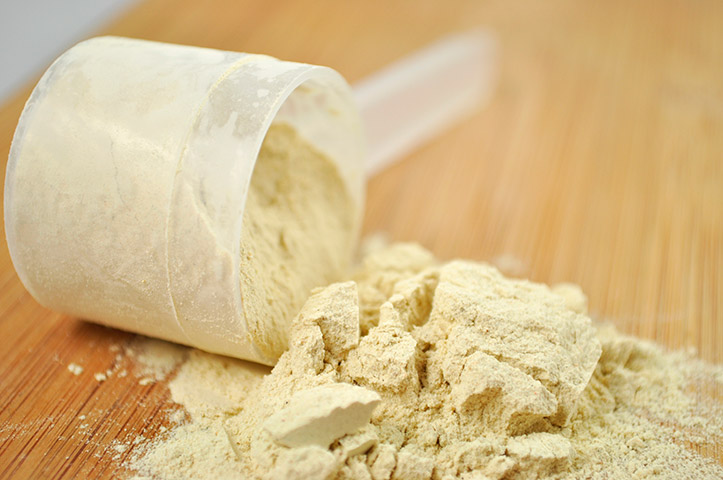
Just like hemp protein, whey helps to repair muscle tissue, provide energy and aids in hormone regulation. Nutrition-wise, whey is very similar to hemp. It’s a complete food protein, carbs and fat and in a 2 tablespoon serving, whey offers a hefty 120 calories; 20g protein; 1g fat and 4g carbohydrates. This powder also provides calcium and iron and the protein in whey is a mixture of non-essential and essential amino acids.
Unlike hemp, the small amount of fat in whey protein comes from an animal source and the carbohydrates are mostly lactose.
Hemp Protein vs Whey Protein – Benefits and Drawbacks Comparison
When deciding which protein powder to take, there are a few differences to consider. Whey protein contains lactose, so if you are lactose intolerant, your body won’t be able to tolerate this protein. If this is the case, consider either whey protein isolate – it contains minimal amounts of lactose and is more concentrated – or hemp protein.

Whey and hemp protein do have some side effects, known issues and, of course, advantages including:
- Digestion: whey protein can be rapidly digested, which means it’s great after a heavy workout as the body will utilize it quickly.
- Hemp protein digests slowly so it’s ideal after a workout.
- Unlike the natural hemp protein products, whey protein supplements are often mixed with artificial ingredients as well as sweeteners to make the supplement more palatable. Several of the additional ingredients can detract from weight loss goals as well as suppress immune function and cause sugar cravings.
- Whey protein is known for causing digestive disturbances and bloating if you are lactose intolerant. So if you have a milk allergy it’s best to avoid whey. Hemp, however, has to date had no intolerances or allergies associated with it.
- Where hemp proteins contain the good, natural fats, whey protein contains both cholesterol and saturated fats.
- You will need to consume less hemp protein than whey protein. Hemp does not contain fillers and it supplies trans-acids too, so you need much less to benefit.
- Hemp is also more soluble. This means the body will digest the natural ingredients better than it
will whey. - Hemp proteins contain natural fiber which aids with digestion.
- Hemp, being more natural, has a friendly type of bacteria which helps not only with digestion but also helps you to keep lean.
- Hemp is alkalizing, since it is a plant-based protein, it contains chlorophyll which alkalizes the body to help you maintain a desirable PH level.
When it comes to choosing the right protein, it’s really up to what you want to achieve from your health and training routine and which protein your body is going to better digest and utilize. Ultimately, when it comes to whey protein vs hemp protein, the better option is likely contingent on what type of workout routine you have and your unique set of health goals.
The 17 Best Protein Sources for Vegans and NON-Vegetarians
A common concern about vegetarian and vegan diets is that they might lack sufficient protein.
However, many experts agree that a well-planned vegetarian or vegan diet can provide you with all the nutrients you need (1, 2, 3, 4).
That said, certain plant foods contain significantly more protein than others.
And higher-protein diets can promote muscle strength, satiety and weight loss (5, 6, 7).
Here are 17 plant foods that contain a high amount of protein per serving.
1. Seitan
Seitan is a popular protein source for many vegetarians and vegans.
It’s made from gluten, the main protein in wheat. Unlike many soy-based mock meats, it resembles the look and texture of meat when cooked.
Also known as wheat meat or wheat gluten, it contains about 25 grams of protein per 3.5 ounces (100 grams). This makes it the richest plant protein source on this list (8).
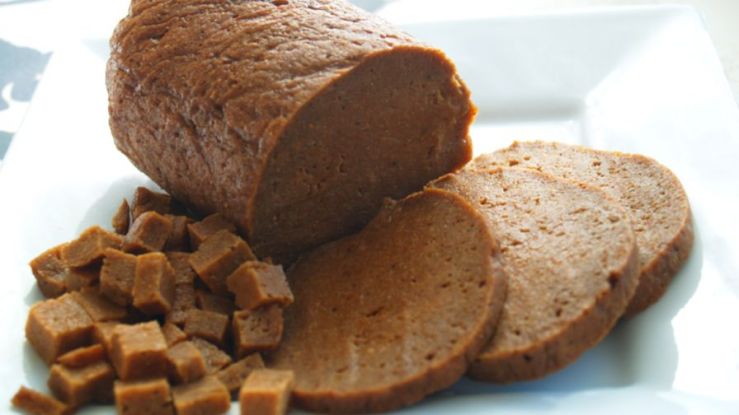
Seitan is also a good source of selenium and contains small amounts of iron, calcium and phosphorus (8).
You can find this meat alternative in the refrigerated section of most health food stores, or make your own version with vital wheat gluten using this recipe.
Seitan can be pan-fried, sautéed and even grilled. Therefore, it can be easily incorporated in a variety of recipes.
However, seitan should be avoided by people with celiac disease or gluten sensitivity.
BOTTOM LINE:
Seitan is a mock meat made from wheat gluten. Its high protein content, meat-like texture and versatility make it a popular plant-based protein choice among many vegetarians and vegans.
2. Tofu, Tempeh and Edamame

Tofu, tempeh and edamame all originate from soybeans.
Soybeans are considered a whole source of protein. This means that they provide the body with all the essential amino acids it needs.
Edamame are immature soybeans with a sweet and slightly grassy taste. They need to be steamed or boiled prior to consumption and can be eaten on their own or added to soups and salads.
Tofu is made from bean curds pressed together in a process similar to cheesemaking. Tempeh is made by cooking and slightly fermenting mature soybeans prior to pressing them into a patty.
Tofu doesn’t have much taste, but easily absorbs the flavor of the ingredients it’s prepared with. Comparatively, tempeh has a characteristic nutty flavor.
Both tofu and tempeh can be used in a variety of recipes, ranging from burgers to soups and chilis.
All three contain iron, calcium and 10-19 grams of protein per 3.5 ounces (100 grams) (9, 10, 11).
Edamame are also rich in folate, vitamin K and fiber. Tempeh contains a good amount of probiotics, B vitamins and minerals such as magnesium and phosphorus.
BOTTOM LINE:
Tofu, tempeh and edamame all originate from soybeans, a complete source of protein. They also contain good amounts of several other nutrients and can be used in a variety of recipes.
3. Lentils
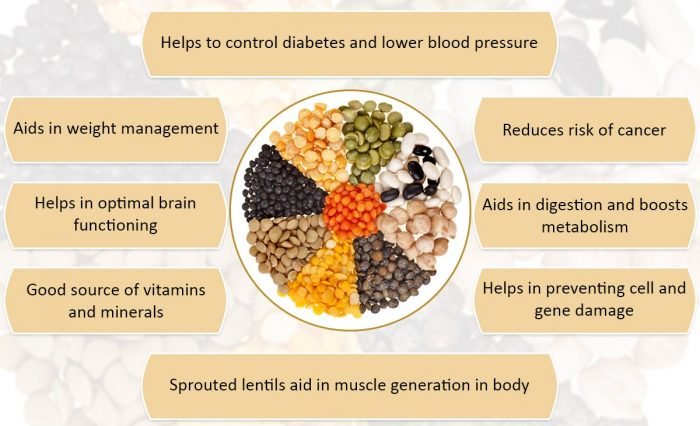
At 18 grams of protein per cooked cup (240 ml), lentils are a great source of protein (12).
They can be used in a variety of dishes, ranging from fresh salads to hearty soups and spice-infused dahls.
Lentils also contain good amounts of slowly digested carbs, and a single cup (240 ml) provides approximately 50% of your recommended daily fiber intake.
Furthermore, the type of fiber found in lentils has been shown to feed the good bacteria in your colon, promoting a healthy gut. Lentils may also help reduce the risk of heart disease, diabetes, excess body weight and some types of cancer (13).
In addition, lentils are rich in folate, manganese and iron. They also contain a good amount of antioxidants and other health-promoting plant compounds (12).
BOTTOM LINE:
Lentils are nutritional powerhouses. They are rich in protein and contain good amounts of other nutrients. They may also help reduce the risk of various diseases.
4. Chickpeas and Most Varieties of Beans
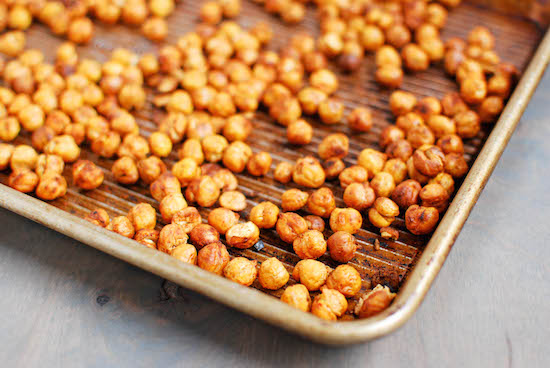
Kidney, black, pinto and most other varieties of beans contain high amounts of protein per serving.
Chickpeas, also known as garbanzo beans, are another legume with a high protein content.
Both beans and chickpeas contain about 15 grams of protein per cooked cup (240 ml). They are also excellent sources of complex carbs, fiber, iron, folate, phosphorus, potassium, manganese and several beneficial plant compounds (14, 15, 16).
Moreover, several studies show that a diet rich in beans and other legumes can decrease cholesterol, help control blood sugar levels, lower blood pressure and even reduce belly fat (17, 18, 19, 20).
Add beans to your diet by making a tasty bowl of homemade chili, or enjoy extra health benefits by sprinkling a dash of turmeric on roasted chickpeas (21).
BOTTOM LINE:
Beans are health-promoting, protein-packed legumes that contain a variety of vitamins, minerals and beneficial plant compounds.
5. Nutritional Yeast
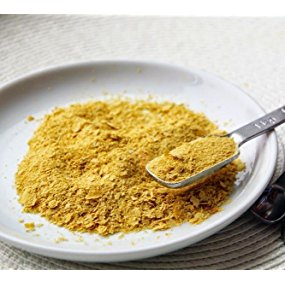
Nutritional yeast is a deactivated strain of Saccharomyces cerevisiae yeast, sold commercially as a yellow powder or flakes.
It has a cheesy flavor, which makes it a popular ingredient in dishes like mashed potatoes and scrambled tofu.
Nutritional yeast can also be sprinkled on top of pasta dishes or even enjoyed as a savory topping on popcorn.
This complete source of plant protein provides the body with 14 grams of protein and 7 grams of fiber per ounce (28 grams) (22).
Fortified nutritional yeast is also an excellent source of zinc, magnesium, copper, manganese and all the B vitamins, including B12 (22).
However, fortification is not universal and unfortified nutritional yeast should not be relied on as a source of vitamin B12.
BOTTOM LINE:
Nutritional yeast is a popular plant-based ingredient often used to give dishes a dairy-free cheese flavor. It is high in protein, fiber and is often fortified with various nutrients, including vitamin B12.
6. Spelt and Teff
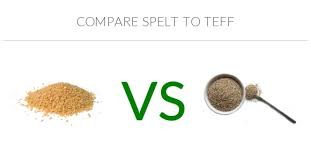
Spelt and teff belong to a category known as ancient grains. Other ancient grains include einkorn, barley, sorghum and farro.
Spelt is a type of wheat and contains gluten, whereas teff originates from an annual grass, which means it’s gluten-free.
Spelt and teff provide 10–11 grams of protein per cooked cup (240 ml), making them higher in protein than other ancient grains (23, 24).
Both are excellent sources of various nutrients, including complex carbs, fiber, iron, magnesium, phosphorus and manganese. They also contain good amounts of B vitamins, zinc and selenium.
Spelt and teff are versatile alternatives to common grains, such as wheat and rice, and can be used in many recipes ranging from baked goods to polenta and risotto.
BOTTOM LINE:
Spelt and teff are high-protein ancient grains. They’re a great source of various vitamins and minerals and an interesting alternative to more common grains.
7. Hempseed
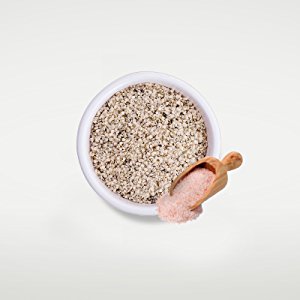
Hempseed comes from the Cannabis sativa plant, which is notorious for belonging to the same family as the marijuana plant. Don’t get confused, you won’t get stoned.
Hempseed contains only trace amounts of THC, the compound that produces the marijuana-like drug effects.
Although not as well-known as other seeds, hempseed contains 10 grams of complete, easily digestible protein per ounce (28 grams). That’s 50% more than chia seeds and flaxseeds (25, 26).
Hempseed also contains a good amount of magnesium, iron, calcium, zinc and selenium. What’s more, it’s a good source of omega-3 and omega-6 fatty acids in the ratio considered optimal for human health (27).
Interestingly, some studies indicate that the type of fats found in hempseed may help reduce inflammation, as well as diminish symptoms of PMS, menopause and certain skin diseases (28, 29, 30, 31).
You can add hempseed to your diet by sprinkling some in your smoothie or morning muesli. It can also be used in homemade salad dressings or protein bars.
BOTTOM LINE:
Hempseed contains a good amount of complete, highly-digestible protein, as well as health-promoting essential fatty acids in a ratio optimal for human health.
8. Green Peas
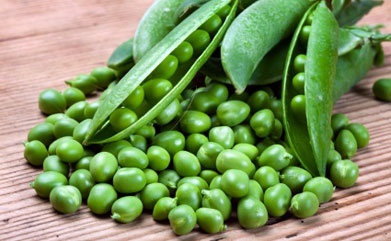
The little green peas often served as a side dish contain 9 grams of protein per cooked cup (240 ml), which is slightly more than a cup of milk (32).
What’s more, a serving of green peas covers more than 25% of your daily fiber, vitamin A, C, K, thiamine, folate and manganese requirements.
Green peas are also a good source of iron, magnesium, phosphorus, zinc, copper and several other B vitamins (32).
You can use peas in recipes such as pea and basil stuffed ravioli, thai-inspired pea soup or pea and avocado guacamole.
BOTTOM LINE:
Green peas are high in protein, vitamins and minerals and can be used as more than just a side dish.
9. Spirulina
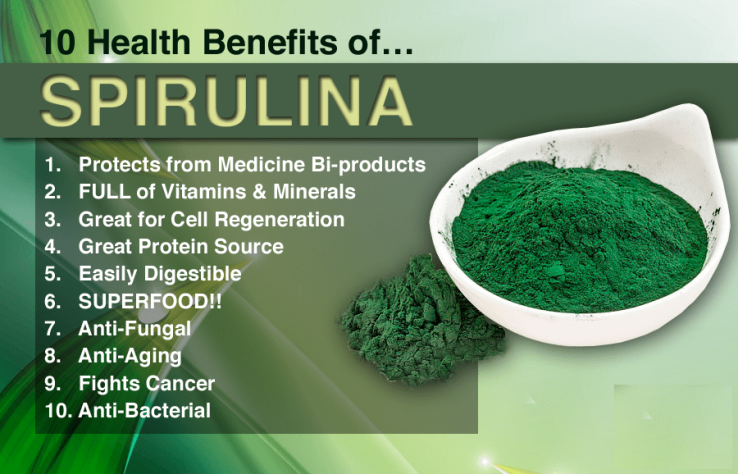
This blue-green algae is definitely a nutritional powerhouse.
Two tablespoons (30 ml) provide you with 8 grams of complete protein, in addition to covering 22% of your daily requirements of iron and thiamin and 42% of your daily copper needs (33).
Spirulina also contains decent amounts of magnesium, riboflavin, manganese, potassium and small amounts of most of the other nutrients your body needs, including essential fatty acids.
Phycocyanin, a natural pigment found in spirulina, appears to have powerful antioxidant, anti-inflammatory and anti-cancer properties (34, 35, 36).
Furthermore, studies link consuming spirulina to health benefits ranging from a stronger immune system and reduced blood pressure to improved blood sugar and cholesterol levels (37, 38, 39, 40).
BOTTOM LINE:
Spirulina is a nutritious high-protein food with many beneficial health-enhancing properties.
10. Amaranth and Quinoa
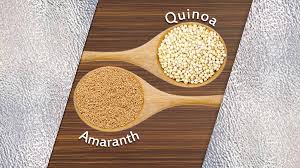
Although often referred to as ancient or gluten-free grains, amaranth and quinoa don’t grow from grasses like other cereal grains do.
For this reason, they’re technically considered “pseudocereals.”
Nevertheless, they can be prepared or ground into flours similar to more commonly known grains.
Amaranth and quinoa provide 8–9 grams of protein per cooked cup (240 ml) and are complete sources of protein, which is rare among grains and pseudocereals (41, 42).
Also, amaranth and quinoa are good sources of complex carbs, fiber, iron, manganese, phosphorus and magnesium (41, 42).
BOTTOM LINE:
Amaranth and quinoa are pseudocereals that provide you with a complete source of protein. They can be prepared and eaten similar to traditional grains such as wheat and rice.
11. Ezekiel Bread and Other Breads Made From Sprouted Grains
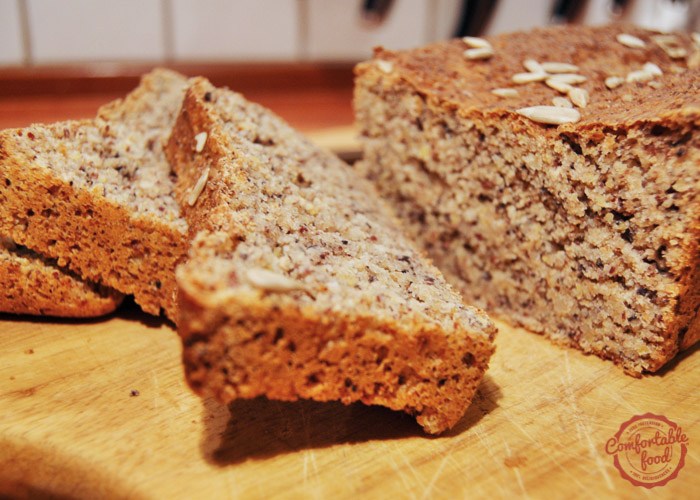
Ezekiel bread is made from organic, sprouted whole grains and legumes. These include wheat, millet, barley and spelt, as well as soybeans and lentils.
Two slices of Ezekiel bread contain approximately 8 grams of protein, which is slightly more than the average bread (43).
Sprouting grains and legumes increases the amount of healthy nutrients they contain and reduces the amount of anti-nutrients in them (44, 45).
In addition, studies show that sprouting increases their amino acid content. Lysine is the limiting amino acid in many plants, and sprouting increases the lysine content. This helps boost the overall protein quality (46).
Similarly, combining grains with legumes could further improve the bread’s amino acid profile (47).
Sprouting also seems to increase the bread’s soluble fiber, folate, vitamin C, vitamin E and beta-carotene content. It may also slightly reduce the gluten content, which can enhance digestion in those sensitive to gluten (48, 49).
BOTTOM LINE:
Ezekiel and other breads made from sprouted grains have an enhanced protein and nutrient profile, compared to more traditional breads.
12. Soy Milk
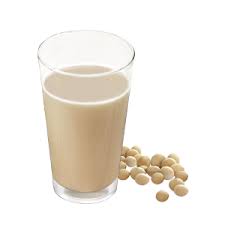
Milk that’s made from soybeans and fortified with vitamins and minerals is a great alternative to cow’s milk.
Not only does it contain 7 grams of protein per cup (240 ml), but it’s also an excellent source of calcium, vitamin D and vitamin B12 (50).
However, keep in mind that soy milk and soybeans do not naturally contain vitamin B12, so picking a fortified variety is recommended.
Soy milk is found in most supermarkets. It’s an incredibly versatile product that can be consumed on its own or in a variety of cooking and baking recipes.
It is a good idea to opt for unsweetened varieties to keep the amount of added sugars to a minimum.
BOTTOM LINE:
Soy milk is a high-protein plant alternative to cow’s milk. It’s a versatile product that can be used in a variety of ways.
13. Oats and Oatmeal
Oats are an easy and delicious way to add protein to any diet.
Half a cup (120 ml) of dry oats provides you with approximately 6 grams of protein and 4 grams of fiber. This portion also contains good amounts of magnesium, zinc, phosphorus and folate (51).
Although oats are not considered a complete protein, they do contain higher-quality protein than other commonly consumed grains like rice and wheat.
You can use oats in a variety of recipes ranging from oatmeal to veggie burgers. They can also be ground into flour and used for baking.
BOTTOM LINE:
Oats are not only nutritious but also an easy and delicious way to incorporate plant protein into a vegan or vegetarian diet.
14. Wild Rice
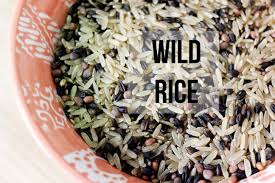
Wild rice contains approximately 1.5 times as much protein as other long-grain rice varieties, including brown rice and basmati.
One cooked cup (240 ml) provides 7 grams of protein, in addition to a good amount of fiber, manganese, magnesium, copper, phosphorus and B vitamins (52).
Unlike white rice, wild rice is not stripped of its bran. This is great from a nutritional perspective, as bran contains fiber and plenty of vitamins and minerals (53).
However, this causes concerns about arsenic, which can accumulate in the bran of rice crops grown in polluted areas.
Arsenic is a toxic trace element that may give rise to various health problems, especially when ingested regularly for long periods of time (54, 55, 56).
Washing wild rice before cooking and using plenty of water to boil it may reduce the arsenic content by up to 57% (57).
BOTTOM LINE:
Wild rice is a tasty, nutrient-rich plant source of protein. Those relying on wild rice as a food staple should take precautions to reduce its arsenic content.
15. Chia Seeds
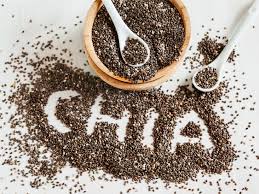
Chia seeds are derived from the Salvia hispanica plant, which is native to Mexico and Guatemala.
At 6 grams of protein and 13 grams of fiber per 1.25 ounces (35 grams), chia seeds definitely deserve their spot on this list (58).
What’s more, these little seeds contain a good amount of iron, calcium, selenium and magnesium, as well as omega-3 fatty acids, antioxidants and various other beneficial plant compounds (59, 60).
They’re also incredibly versatile. Chia seeds have a bland taste and are able to absorb water, turning into a gel-like substance. This makes them an easy addition to a variety of recipes, ranging from smoothies to baked goods and chia puddings.
BOTTOM LINE:
Chia seeds are a versatile source of plant protein. They also contain a variety of vitamins, minerals, antioxidants and other health-promoting compounds.
16. Nuts, Nut Butters and Other Seeds
Nuts, seeds and their derived products are great sources of protein.
One ounce (28 grams) contains between 5–7 grams of protein, depending on the nut and seed variety (61, 62, 63, 64, 65, 66).
Nuts and seeds are also great sources of fiber and healthy fats, in addition to iron, calcium, magnesium, selenium, phosphorus, vitamin E and certain B vitamins. They also contain antioxidants, among other beneficial plant compounds (67).
When choosing which nuts and seeds to buy, keep in mind that blanching and roasting may damage the nutrients in nuts. So reach for raw, unblanched versions whenever possible (68).
Also, try opting for natural nut butters to avoid the oil, sugar and excess salt often added to many household brand varieties.
BOTTOM LINE:
Nuts, seeds and their butters are an easy way to add plant protein, vitamins and minerals to your diet. Opt to consume them raw, unblanched and with no other additives to maximize their nutrient content.
17. Protein-Rich Fruits and Vegetables
All fruits and vegetables contain protein, but the amounts are usually small.
However, some contain more than others.
Vegetables with the most protein include broccoli, spinach, asparagus, artichokes, potatoes, sweet potatoes and Brussels sprouts.
They contain about 4–5 grams of protein per cooked cup (69, 70, 71, 72, 73, 74, 75).
Although technically a grain, sweet corn is a common food that contains about as much protein as these high-protein vegetables (76).
Fresh fruits generally have a lower protein content than vegetables. Those containing the most include include guava, cherimoyas, mulberries, blackberries, nectarines and bananas, which have about 2–4 grams of protein per cup (77, 78, 79, 80, 81, 82).
BOTTOM LINE:
Certain fruits and vegetables contain more protein than others. Include them in your meals to increase your daily protein intake.
















































